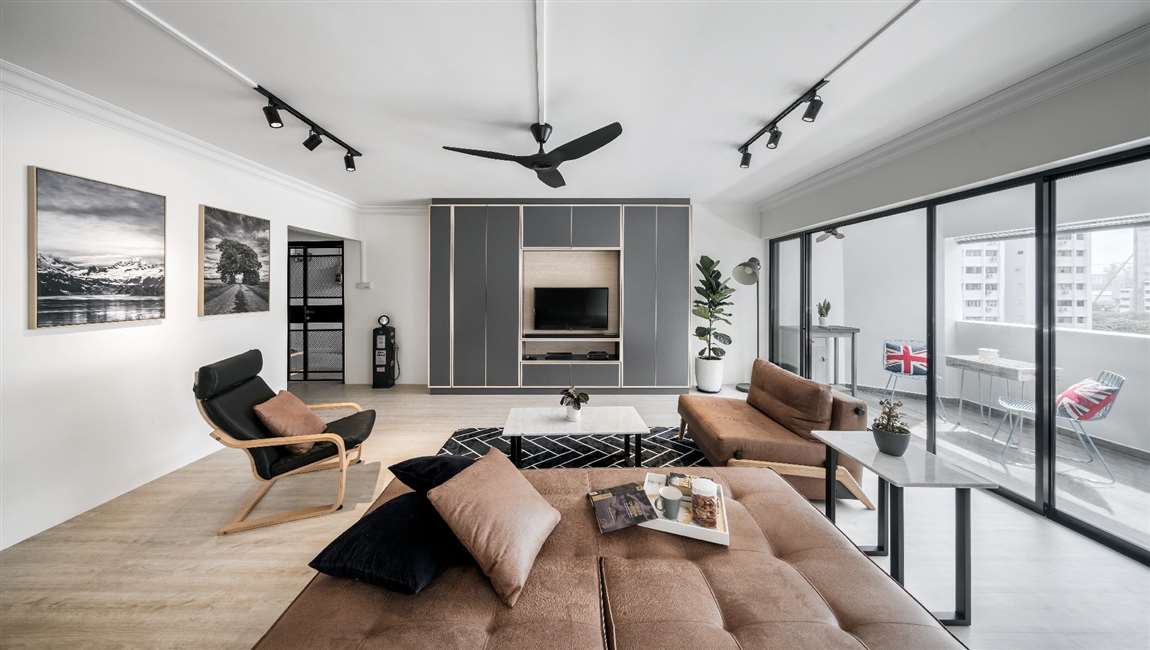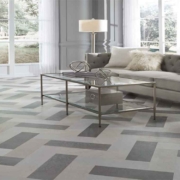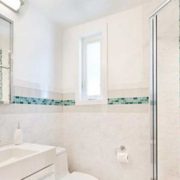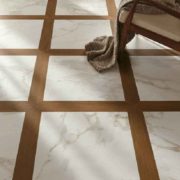The Preparing Things for Install Ceramic Tile on Sub Floor
Installing ceramic floor tile to a plywood sub-floor has unique challenges beyond that of installation on a concrete floor. Plywood or OSB (flakeboard) can expand and contract at too high a rate to be a stable foundation for tile. This will cause either the element tile itself to crack and even come loose, or cause the grout to crack inside the joints.
This could happen right away or within months of the installation. If done properly, a wall tiles design installation should last many years without cracking. This article will provide necessary tips to minimize issues with unstable subfloors.
Determine the maximum practical thickness that is possible for the combination of tile, underlayment and setting materials in your project. It is necessary to consider adjoining floors (e.g. carpet or wood), height of toe kicks (beneath cabinets) and even the aesthetics of the base molding where the walls meet the floor.
Example: An adjoining wood floor may have 5/8 inch thick material (~16mm). If you use 1/2 inch underlayment and 3/8 inch rustic tile with 1/8 inch of setting material, your tile floor will have a total of 1 inch (~26mm) of thickness. This means that your finished floor will be 3/8 inch (10mm) taller that the adjoining wood floor. Transition strips may be available to accommodate this height difference, but you may be able to compensate with your underlayment by choosing 1/4 inch thick cement board instead.
Determine the stability of the subfloor. If you can feel the subfloor flex as you walk or bounce on it then you will need to use a thicker cement board. If it flexes too much you may want to consult a professional. Assuming the subfloor is relatively stable you may use a 1/4 thick cement board safely. If there is some flexing then you will need 1/2 inch concrete board.















